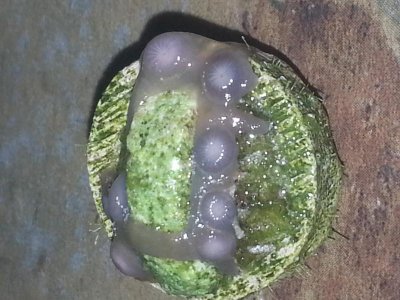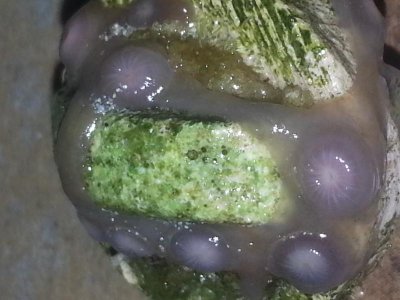Reefer54
New member
I bought a small colony (3 polyps) of blue hornets about 3 months back. Following acclimation, the polyps never opened fully.
I have had ok growth....it now is 17 polyps. But the polyps never open fully. They also "squat" and remain very close to their base tissue. More, instead of reproducing in a "mat" they tend to leave a string from one polyp to the next like a string of blue and green pearls (not a long string, more like a clump of string). Their color is great, but the skirts are always just about a 1\4 closed, never expanding like my other colonies (which grow at a relatively similar pace, some more, some less)
Could someone out there give me a clue as to what is going on with these
I have tried different areas of flow and light with no different results.
Water is within satisfactory parameters. Lights are 4 Kessil A150w 15k and 10k hung 12 in above water, with 4 x 39w ATI supplements hung 11 inches above water.
these zoas are at mid level in the tank, med flow, and slightly shaded by the crossbrace getting indirect light
any ideas or experience are much appreciated.
I have had ok growth....it now is 17 polyps. But the polyps never open fully. They also "squat" and remain very close to their base tissue. More, instead of reproducing in a "mat" they tend to leave a string from one polyp to the next like a string of blue and green pearls (not a long string, more like a clump of string). Their color is great, but the skirts are always just about a 1\4 closed, never expanding like my other colonies (which grow at a relatively similar pace, some more, some less)
Could someone out there give me a clue as to what is going on with these
I have tried different areas of flow and light with no different results.
Water is within satisfactory parameters. Lights are 4 Kessil A150w 15k and 10k hung 12 in above water, with 4 x 39w ATI supplements hung 11 inches above water.
these zoas are at mid level in the tank, med flow, and slightly shaded by the crossbrace getting indirect light
any ideas or experience are much appreciated.


